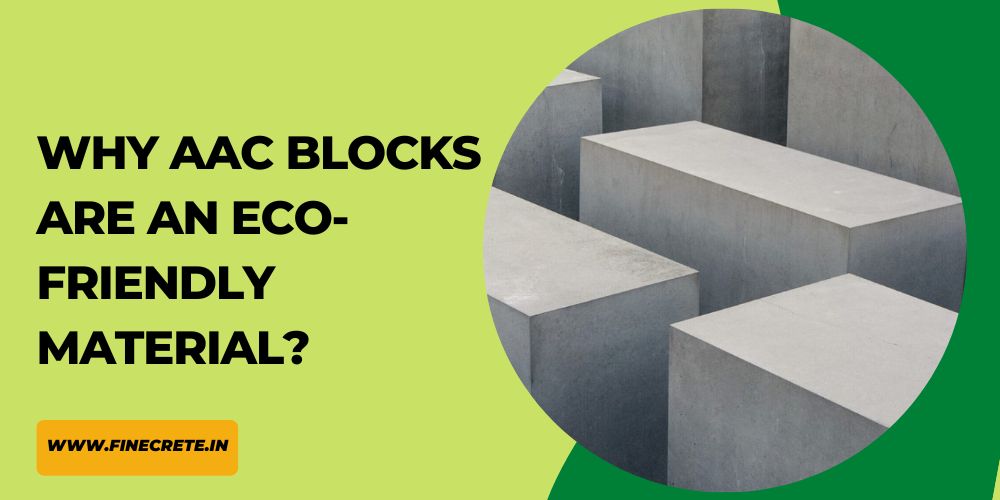Green building materials are those that are good for the environment. In comparison to their counterparts, such materials are devoid of toxins that pose health risks or cause environmental damage. In other words, they are sustainable materials instead of non-sustainable materials.
AAC Blocks are a green building material that is lightweight, durable, easy to transport, and thermally insulating. As a result, it distinguishes them from the more common red bricks. Introduced in the late 1920s in Sweden, they are widely used in residential, commercial, and industrial construction. AAC blocks are also available in a variety of shapes and sizes, including blocks, wall panels and structural floors. Find out why AAC Blocks from top AAC block manufacturers in Madhya Pradesh are an environmentally friendly building material.
- Heat protection as well as eco-friendliness:
This solid building material consists of hydrogen and tiny air patches, which combine to form concrete. As a result, it provides excellent heat resistance. That is, it warms the room during the winter and cools it during the summer. As a result, it saves energy by reducing air-conditioning system usage by at least 25%.
- Breathable and non-toxic:
AAC products happen to be aerated, and non-toxic in form, which makes the final product an ideal concrete material, particularly for house construction. Similarly, this is an excellent piece for sensitive areas such as schools, colleges, hospitals, and hotels.
- Pest-repellent properties:
Aerated concrete’s inorganic composition makes it a formidable pest deterrent. Because termites and insects cannot damage them, pesticides that can harm the environment are avoided.
- Prevents soil erosion:
Aerated blocks from the best AAC block suppliers in Madhya Pradesh, without a doubt, play an important role in preventing soil erosion. In contrast to traditional red bricks, which require soil to manufacture, AAC makes use of fly-ash – which can be recycled. Furthermore, fly ash is a non-hazardous substance. It is important to note that the use of red soil in the production of red bricks causes soil degradation.
- Protects forest areas:
AAC blocks are made from fly-ash, which is a waste product derived from steel manufacturing units. Traditional red bricks use soil, which reduces forest area. Furthermore, some forest areas cause wildlife extinction.
- Reduced water consumption:
When it comes to preserving water, Autoclaved Aerated Concrete blocks are a top choice. AAC uses less water during construction than red bricks.
- Soundproof:
AAC soundproof bricks are known for sound absorption properties. It is therefore perfect for educational institutions, lodging facilities, and residential structures. By using AAC blocks in the walls, floors, and roofs, sound transmission is reduced by 7dB.
- Anti-soil pollution and green-housing effects:
Aerated brick buildings contribute to green housing because they are eco-friendly. They also keep the soil from deteriorating. Fly-ash, which would otherwise be dumped into the ground, is used in the production of AAC bricks.
AAC blocks of various sizes and strengths are produced by autoclaved aerated concrete manufacturers. The cost of an AAC block made of rectangular bricks with dimensions of 600 mm x 200 mm x 250 mm can range from Rs 2,000 to Rs 3,500 per cubic meter. The sizes and costs of AAC blocks vary on the basis of the manufacturer.






